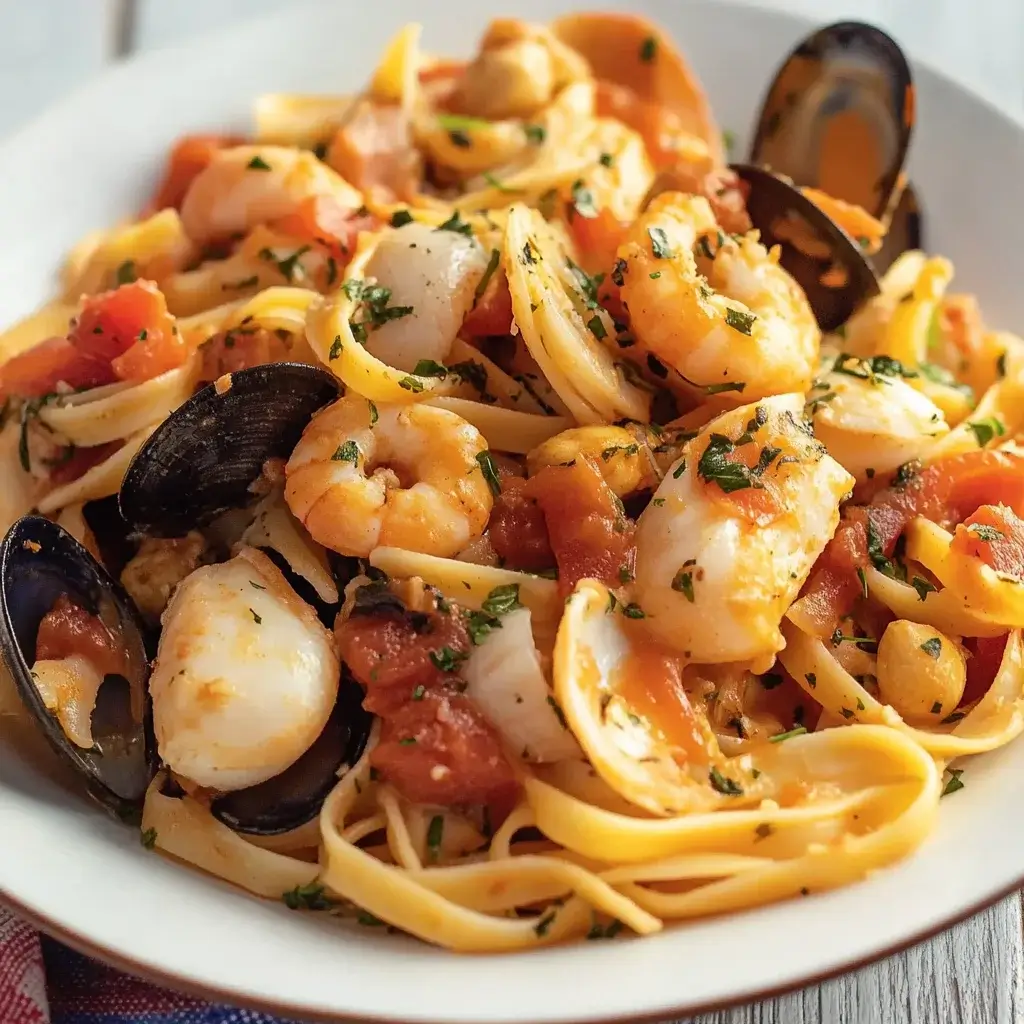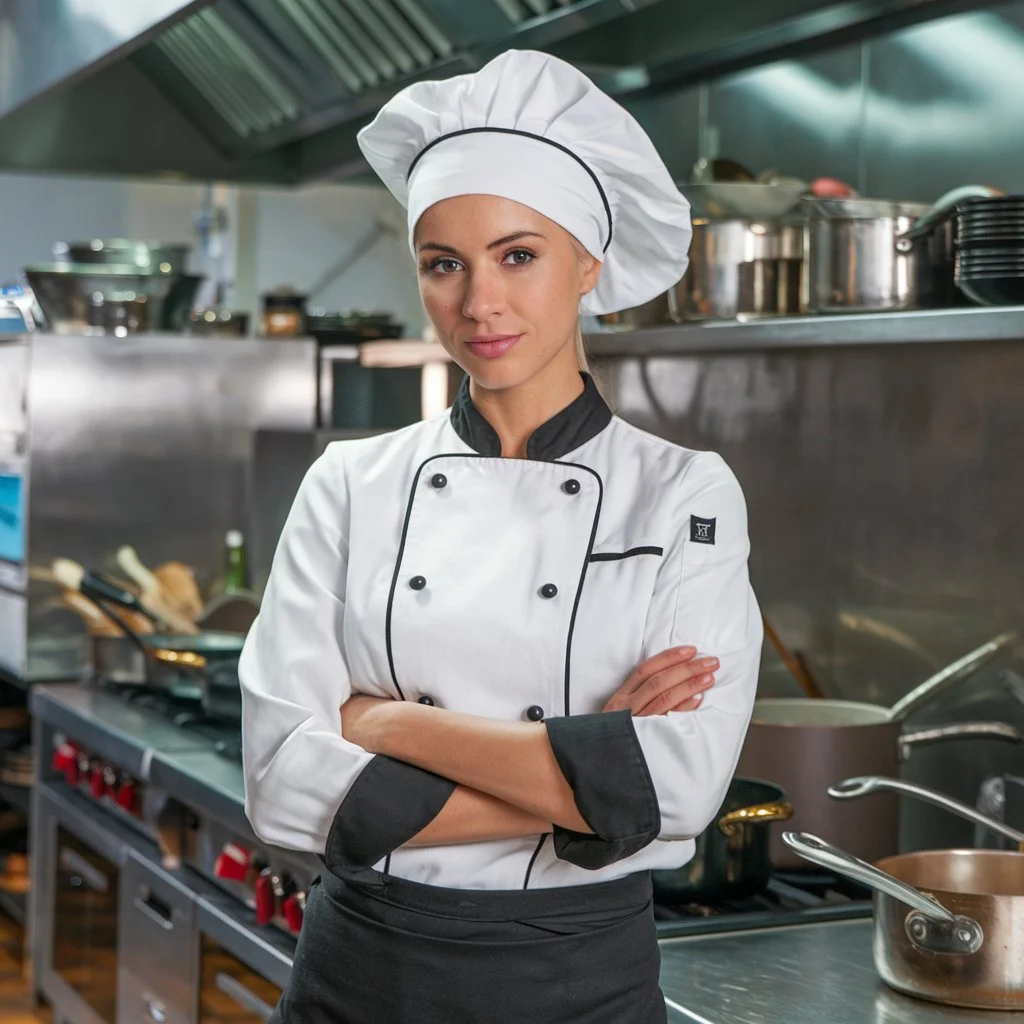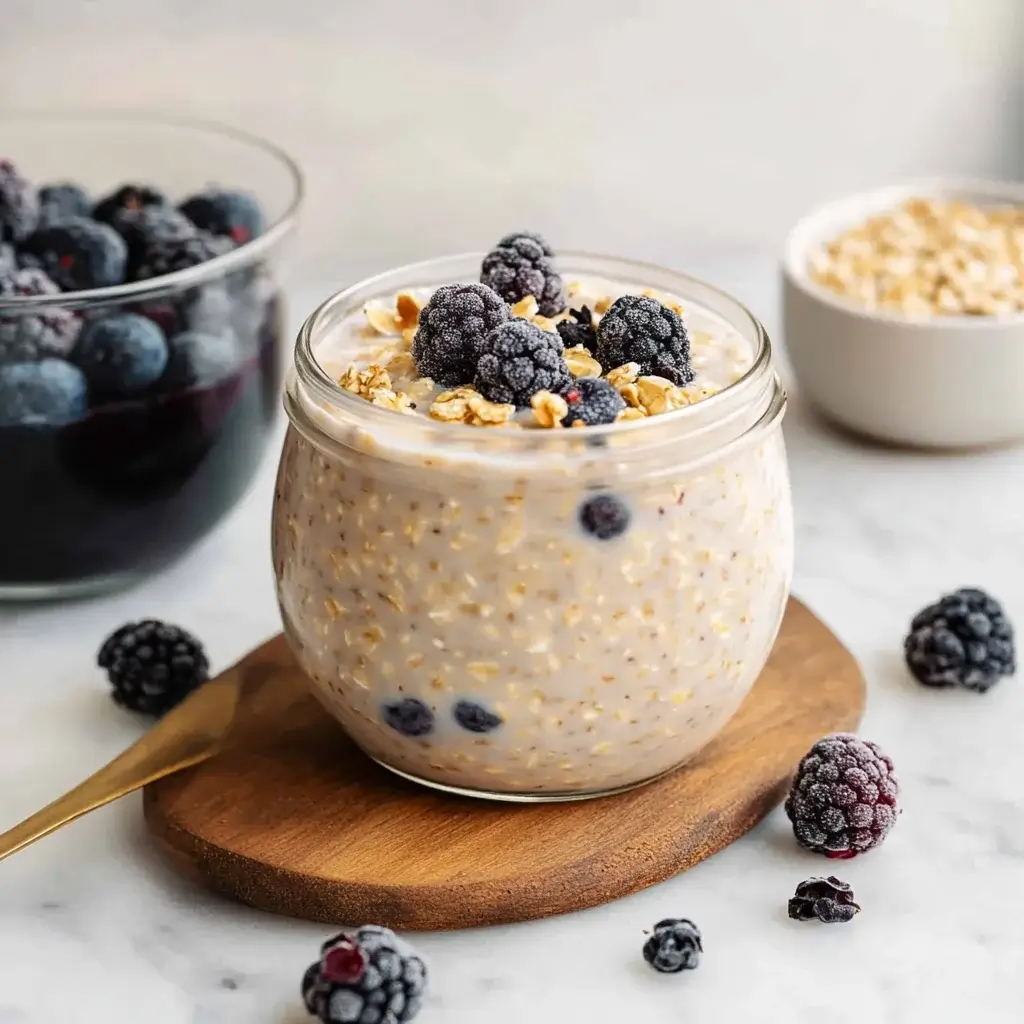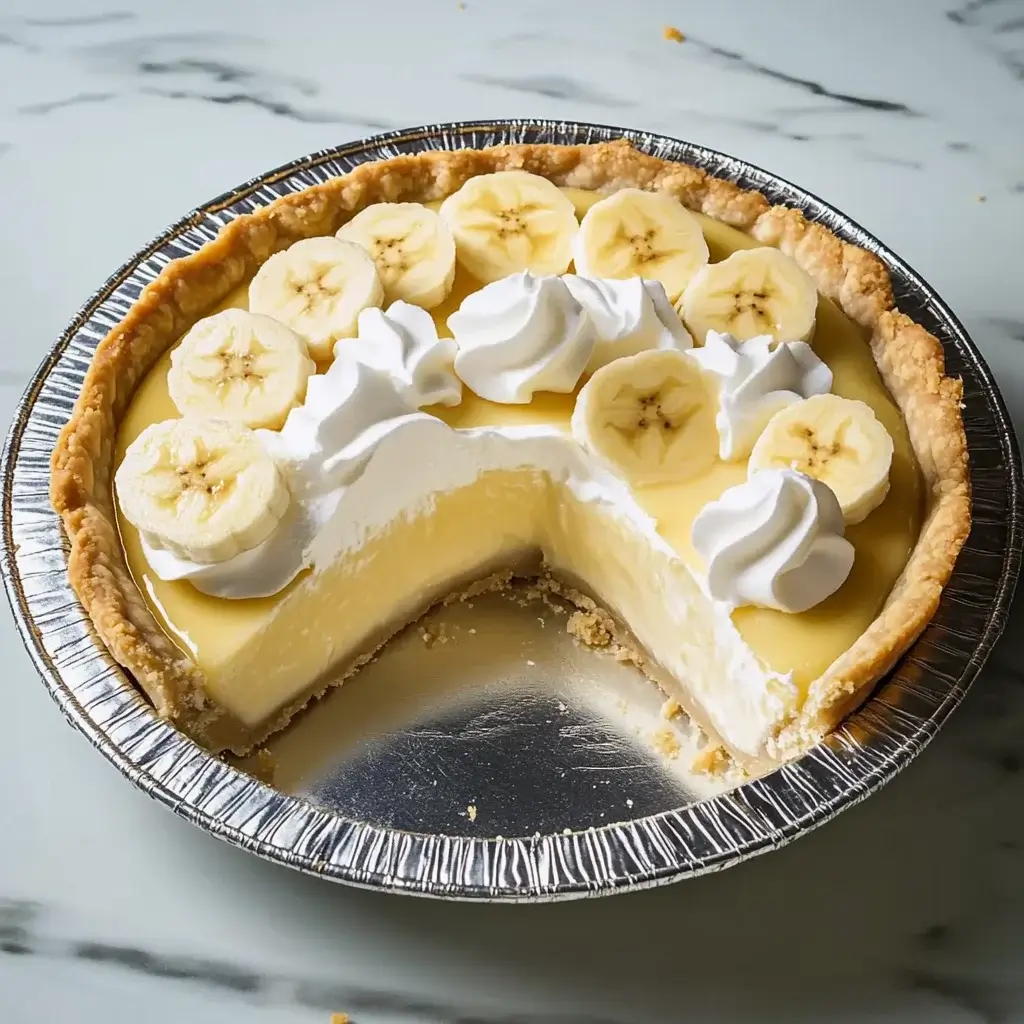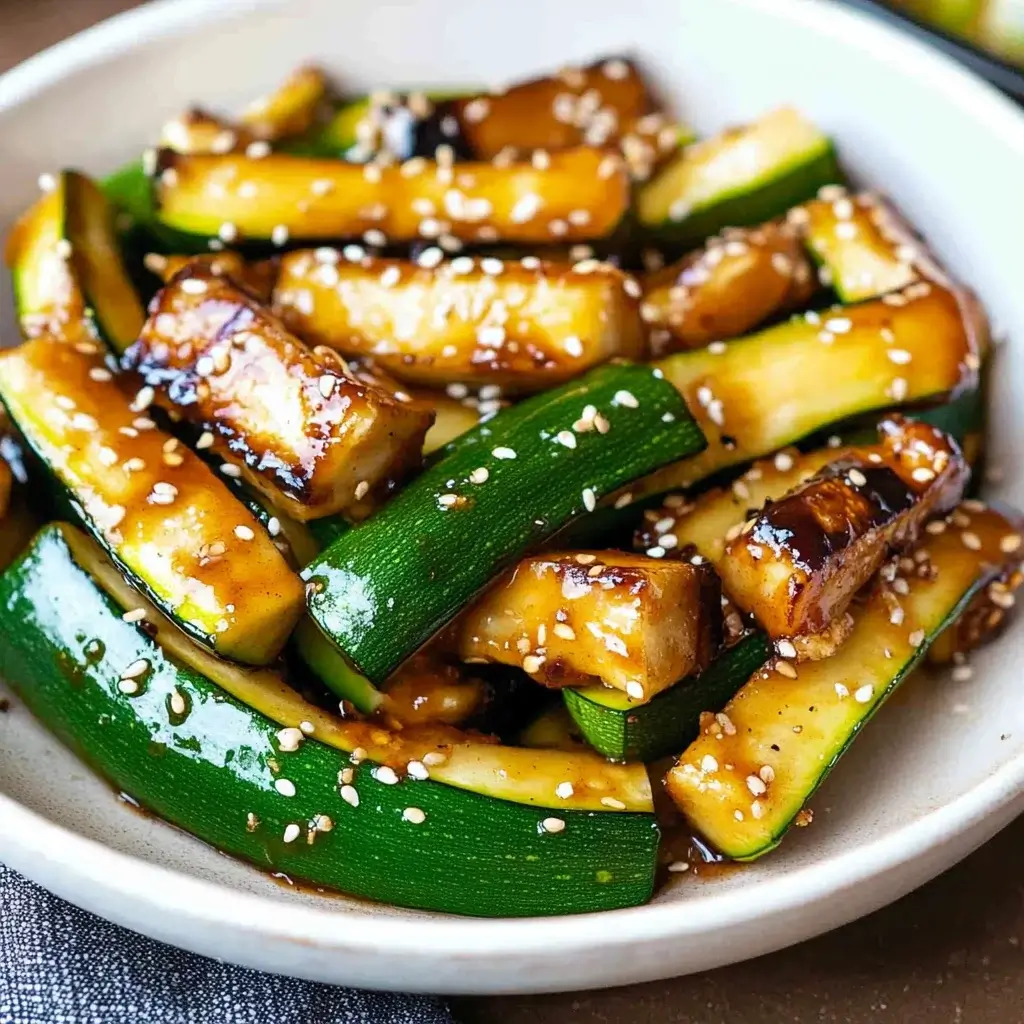Advertisement
Seafood Pasta
What is Seafood Pasta?
Seafood pasta is a delightful dish that combines the rich flavors of the ocean with the comforting texture of pasta. This dish typically features a variety of seafood, such as shrimp, scallops, and mussels, tossed with pasta and a flavorful sauce. The beauty of seafood pasta lies in its versatility; you can use different types of seafood and sauces to create a unique meal every time. Whether you prefer a light, zesty sauce or a creamy blend, seafood pasta can cater to your taste buds.
The Appeal of Seafood Pasta
Why is seafood pasta so popular? For starters, it’s a quick and easy meal that feels fancy. The combination of fresh seafood and pasta makes it a perfect choice for special occasions or a cozy dinner at home. Additionally, seafood is packed with nutrients, making this dish not only delicious but also healthy. The vibrant colors of the ingredients, like bright cherry tomatoes and fresh parsley, make the dish visually appealing, too. Plus, the aroma of garlic and olive oil wafting through your kitchen is simply irresistible!
Seafood pasta also offers a taste of the sea, bringing a bit of coastal charm to your dining table. It’s a dish that can transport you to a seaside restaurant, even if you’re enjoying it in your own home. With its rich flavors and satisfying textures, seafood pasta is sure to impress family and friends alike. So, let’s dive into the ingredients and preparation of this delightful dish!
Ingredients for Seafood Pasta
To create a delicious seafood pasta, you’ll need a selection of fresh ingredients that come together to form a delightful meal. Here’s a list of what you’ll need:
Advertisement
- 8 ounces spaghetti or linguine
- 2 tablespoons olive oil
- 3 cloves garlic, minced
- 1/2 teaspoon red pepper flakes (adjust to taste)
- 1 pound mixed seafood (shrimp, scallops, and mussels)
- 1 cup cherry tomatoes, halved
- 1/2 cup dry white wine
- 1/4 cup fresh parsley, chopped
- Salt and pepper to taste
- Lemon wedges for serving
These ingredients are not only easy to find but also come together to create a flavorful dish. The seafood provides a rich taste, while the garlic and olive oil add depth. The cherry tomatoes bring a touch of sweetness, and the white wine enhances the overall flavor profile. Fresh parsley adds a pop of color and freshness, making your seafood pasta not just tasty but also visually appealing.
When selecting your seafood, aim for the freshest options available. Fresh seafood can elevate your dish, making it even more enjoyable. If you’re in a hurry, you can also use frozen seafood, which is a convenient alternative. Just make sure to thaw it properly before cooking. Now that you have your ingredients ready, let’s move on to the preparation of this delightful seafood pasta!
Preparation of Seafood Pasta
Step 1: Preparing the Seafood
Before you start cooking, it’s essential to prepare your seafood properly. If you’re using fresh shrimp, make sure to peel and devein them. For scallops, rinse them under cold water and pat them dry with a paper towel. If you’re using mussels, scrub the shells to remove any dirt and debeard them if necessary. This step ensures that your seafood is clean and ready to cook, enhancing the overall flavor of your seafood pasta.
Step 2: Cooking the Pasta
Next, it’s time to cook the pasta. Bring a large pot of salted water to a boil. Add your spaghetti or linguine and cook according to the package instructions until it reaches an al dente texture. This usually takes about 8 to 10 minutes. Once cooked, drain the pasta in a colander, but remember to reserve about 1/2 cup of the pasta water. This starchy water will help to create a silky sauce later on.
Step 3: Making the Sauce
Now, let’s move on to making the sauce. In a large skillet, heat the olive oil over medium heat. Once the oil is hot, add the minced garlic and red pepper flakes. Sauté for about 1 minute until the garlic becomes fragrant. Be careful not to burn the garlic, as it can turn bitter. After that, add your prepared mixed seafood to the skillet. Cook for about 3 to 4 minutes, stirring occasionally, until the shrimp turn pink and the scallops become opaque.
Step 4: Combining Ingredients
Once the seafood is cooked, it’s time to add the cherry tomatoes. Stir them in and let them cook for another 2 minutes until they start to soften. Then, pour in the dry white wine and bring the mixture to a gentle simmer. Allow it to cook for 2 to 3 minutes, letting the wine reduce slightly. This step adds depth to your sauce, making it even more flavorful.
Step 5: Final Touches
Finally, it’s time to bring everything together. Add the cooked pasta to the skillet, tossing it gently to combine with the seafood and sauce. If the mixture seems a bit dry, add some of the reserved pasta water until you reach your desired consistency. Stir in the chopped parsley and season with salt and pepper to taste. Your seafood pasta is now ready to be served! Enjoy it hot, garnished with lemon wedges for an extra burst of flavor.
Variation of Seafood Pasta
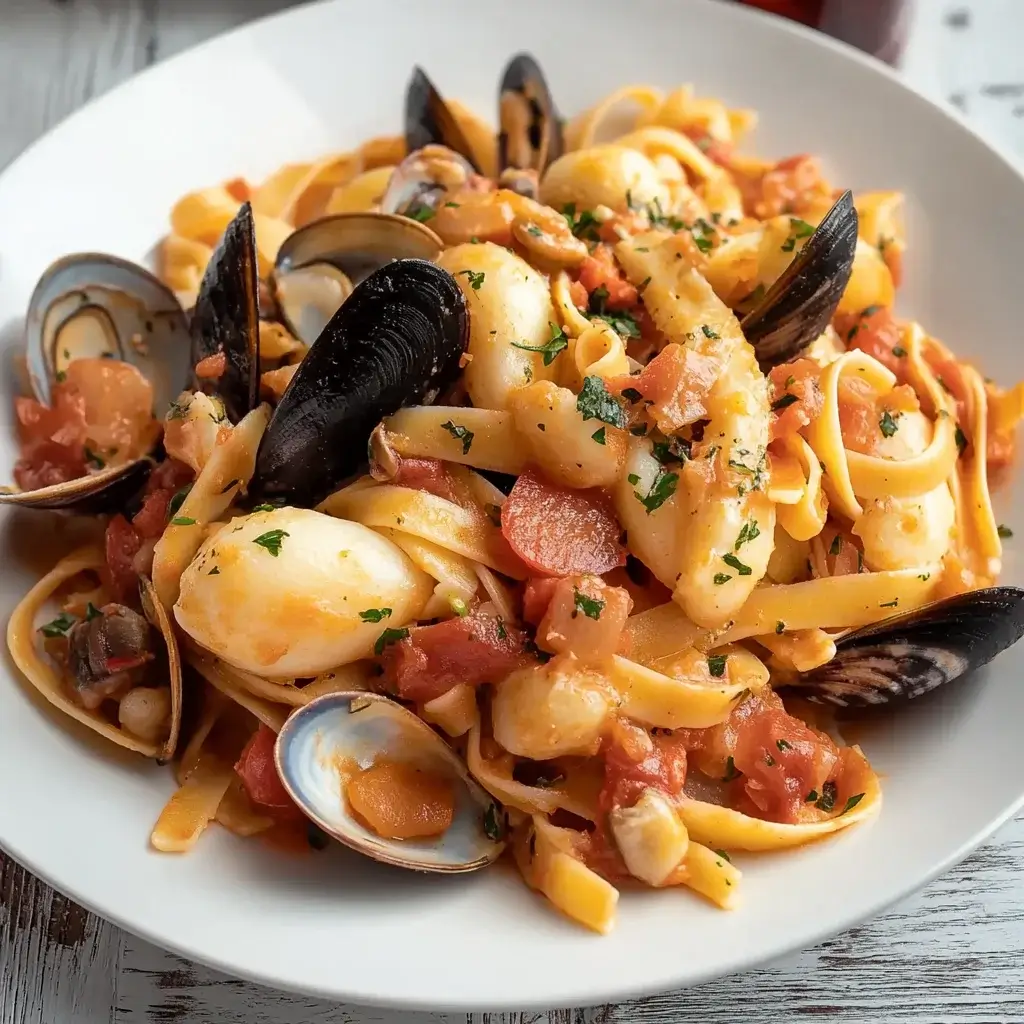
Different Types of Seafood to Use
One of the best things about seafood pasta is its versatility. You can mix and match different types of seafood to suit your taste. While shrimp, scallops, and mussels are popular choices, there are many other options to consider. For instance, you can use clams, squid, or even crab meat to add a unique flavor to your dish.
If you prefer a milder taste, white fish like cod or halibut can be a great addition. They cook quickly and absorb the flavors of the sauce beautifully. For those who enjoy a bit of a kick, try adding spicy seafood like calamari or even octopus. Each type of seafood brings its own texture and taste, making your seafood pasta a delightful experience every time.
When selecting seafood, always aim for freshness. Fresh seafood not only tastes better but also enhances the overall quality of your dish. If fresh options are not available, frozen seafood can be a convenient alternative. Just remember to thaw it properly before cooking to maintain its flavor and texture.
Alternative Sauces for Seafood Pasta
While the classic garlic and white wine sauce is a favorite, there are many alternative sauces you can try for your seafood pasta. For a creamier option, consider adding heavy cream or a splash of coconut milk to your sauce. This creates a rich, velvety texture that pairs wonderfully with seafood.
If you’re in the mood for something zesty, a lemon-butter sauce can brighten up your dish. Simply melt butter in the skillet, add lemon juice, and toss in your seafood and pasta. This sauce is light and refreshing, perfect for a summer meal.
Another delicious option is a tomato-based sauce. You can use crushed tomatoes or marinara sauce as a base. This adds a hearty flavor and pairs well with a variety of seafood. Just simmer the sauce with herbs like basil and oregano for an extra burst of flavor.
Experimenting with different sauces can elevate your seafood pasta to new heights. Don’t be afraid to get creative and find the combination that you love the most!
Cooking Note for Seafood Pasta
Cooking seafood pasta is a delightful experience, but there are a few important notes to keep in mind to ensure your dish turns out perfectly every time. First and foremost, timing is crucial. Seafood cooks quickly, so it’s essential to keep an eye on it while preparing your dish. Overcooking seafood can lead to a rubbery texture, which is not what you want in your seafood pasta.
When sautéing your seafood, remember to add it to the skillet in stages if you’re using different types. For example, shrimp and scallops cook faster than mussels. Start with the seafood that takes longer to cook, and then add the quicker-cooking varieties. This way, everything will be perfectly cooked and tender.
Another tip is to use high-quality ingredients. Fresh seafood will always yield better results than frozen or canned options. If you do opt for frozen seafood, make sure to thaw it completely and pat it dry before cooking. This helps to avoid excess moisture, which can dilute the flavors of your sauce.
Lastly, don’t forget to taste as you go! Adjusting the seasoning is key to achieving a well-balanced flavor. A pinch of salt or a squeeze of lemon can make a world of difference. By following these cooking notes, you’ll be well on your way to creating a delicious seafood pasta that will impress everyone at your table.
Serving Suggestions for Seafood Pasta
Pairing with Wine
When it comes to enjoying seafood pasta, the right wine can elevate your dining experience. A crisp, dry white wine is often the best choice. Wines like Pinot Grigio or Sauvignon Blanc complement the flavors of the seafood beautifully. Their acidity balances the richness of the dish, enhancing the overall taste.
If you prefer something a bit bolder, a light-bodied red wine, such as a Pinot Noir, can also work well. The key is to choose a wine that won’t overpower the delicate flavors of the seafood. Remember, the wine you cook with can also be served alongside your meal, creating a harmonious pairing.
For a non-alcoholic option, consider sparkling water with a slice of lemon. This refreshing drink can cleanse your palate and enhance the flavors of your seafood pasta without overshadowing it.
Side Dishes to Complement Seafood Pasta
To round out your seafood pasta meal, consider serving it with some delicious side dishes. A simple green salad is a great choice. Toss together mixed greens, cherry tomatoes, and a light vinaigrette for a refreshing contrast to the rich pasta.
Another excellent option is garlic bread. The buttery, garlicky flavor pairs perfectly with seafood pasta, allowing you to soak up any leftover sauce. You can easily make garlic bread by spreading butter and minced garlic on slices of baguette, then toasting them in the oven.
If you want to add a bit of heartiness to your meal, roasted vegetables are a fantastic side. Seasonal veggies like zucchini, bell peppers, and asparagus can be drizzled with olive oil and roasted until tender. Their natural sweetness will complement the flavors of your seafood pasta beautifully.
With these serving suggestions, you can create a well-rounded meal that is sure to impress your family and friends. Enjoy your seafood pasta with the perfect wine and delightful sides for a truly memorable dining experience!
Tips for Perfecting Seafood Pasta
Choosing Fresh Seafood
When it comes to seafood pasta, the quality of your seafood can make all the difference. Fresh seafood not only tastes better but also enhances the overall dish. Here are some tips for selecting the best seafood:
- Look for Bright Colors: Fresh seafood should have vibrant colors. For example, shrimp should be a lively pink, while scallops should be creamy white.
- Check for Odor: Fresh seafood should smell like the ocean, not fishy. If it has a strong, unpleasant odor, it’s best to avoid it.
- Feel the Texture: Fresh seafood should feel firm to the touch. If it feels mushy or slimy, it may not be fresh.
- Ask Questions: Don’t hesitate to ask your fishmonger about the seafood’s origin and when it was caught. This can give you a better idea of its freshness.
By choosing fresh seafood, you’ll ensure that your seafood pasta is not only delicious but also safe to eat. Remember, the fresher the seafood, the more flavorful your dish will be!
Cooking Techniques for Optimal Flavor
Cooking seafood pasta is an art, and using the right techniques can elevate your dish to new heights. Here are some essential cooking tips:
- Don’t Overcook: Seafood cooks quickly, so keep a close eye on it. Overcooking can lead to a rubbery texture. Cook just until it’s opaque and tender.
- Use High Heat: Searing seafood over high heat can create a lovely caramelization, enhancing the flavor. Just be sure to adjust the heat as needed to avoid burning.
- Layer Flavors: Start with aromatics like garlic and onions before adding seafood. This builds a flavorful base for your sauce.
- Finish with Fresh Herbs: Adding fresh herbs like parsley or basil at the end of cooking brightens the dish and adds a burst of flavor.
By applying these cooking techniques, you’ll create a seafood pasta that is bursting with flavor and sure to impress. Enjoy the process, and don’t be afraid to experiment with different methods to find what works best for you!
Breakdown of Time for Seafood Pasta
Prep Time
Preparing seafood pasta is a quick process. The prep time usually takes about 15 to 20 minutes. This includes gathering your ingredients, cleaning the seafood, and chopping the garlic and parsley. If you have everything ready, you’ll be able to enjoy your meal in no time!
Cooking Time
The cooking time for seafood pasta is relatively short, typically around 15 to 20 minutes. This includes boiling the pasta and cooking the seafood and sauce. Since seafood cooks quickly, you’ll want to keep an eye on it to ensure it doesn’t overcook. The entire cooking process is fast, making seafood pasta a great option for a weeknight dinner.
Total Time
In total, you can expect to spend about 30 to 40 minutes from start to finish when making seafood pasta. This includes both prep and cooking time. With such a quick turnaround, you can whip up a delicious and impressive meal without spending hours in the kitchen. It’s perfect for those busy days when you still want to enjoy a homemade dish!
Nutritional Information for Seafood Pasta
Calories
450 calories. This makes it a satisfying meal that can fit into a balanced diet. The combination of pasta and seafood provides a hearty yet healthy option for lunch or dinner. If you’re watching your calorie intake, consider adjusting portion sizes or pairing it with lighter side dishes.
Protein
30 grams of protein. This high protein content comes from the mixed seafood, which includes shrimp, scallops, and mussels. Protein is vital for muscle repair and growth, making this dish an excellent choice for those looking to maintain a healthy lifestyle. Plus, the protein helps keep you feeling full longer, which can be beneficial for weight management.
Sodium
600 milligrams of sodium. This amount can vary based on the type of seafood used and any added salt during cooking. If you’re watching your sodium intake, consider using low-sodium broth or skipping the added salt. Fresh ingredients can also help enhance flavor without the need for excess sodium, allowing you to enjoy your seafood pasta while keeping your health in check.
Advertisement
FAQs about Seafood Pasta
What types of seafood are best for pasta?
When it comes to seafood pasta, the options are nearly endless! Popular choices include shrimp, scallops, and mussels, as they cook quickly and add great flavor. You can also use clams, squid, or even crab meat for a unique twist. If you prefer a milder taste, white fish like cod or halibut works well too. The key is to choose seafood that you enjoy and that complements the sauce you plan to use. Fresh seafood will always yield the best results, so keep that in mind when shopping!
Can I make seafood pasta ahead of time?
While seafood pasta is best enjoyed fresh, you can prepare some components ahead of time. For instance, you can clean and chop your seafood, as well as cook the pasta, a few hours in advance. However, it’s best to combine everything just before serving to maintain the seafood’s texture and flavor. If you do need to make it ahead, consider storing the pasta and sauce separately. This way, you can reheat them together without overcooking the seafood.
How do I store leftover seafood pasta?
If you have leftover seafood pasta, store it in an airtight container in the refrigerator. It’s best to consume it within 1 to 2 days for optimal freshness. When reheating, do so gently on the stove or in the microwave, adding a splash of water or broth to prevent it from drying out. Keep in mind that seafood can lose its texture when reheated, so it may not be as delightful as when it was freshly made.
Is seafood pasta healthy?
Yes, seafood pasta can be a healthy meal option! It’s packed with protein from the seafood and provides essential nutrients like omega-3 fatty acids. The addition of fresh vegetables, such as cherry tomatoes and parsley, boosts the dish’s vitamin content. However, be mindful of portion sizes and the type of sauce you use. Opting for lighter sauces, like a garlic and olive oil blend, can keep the dish nutritious. Overall, seafood pasta can be a delicious and balanced meal when prepared thoughtfully!
Conclusion on Seafood Pasta
In conclusion, seafood pasta is a delightful dish that brings together the best of both worlds: the comforting nature of pasta and the rich flavors of the ocean. With its versatility, you can easily customize it to suit your taste preferences, whether you enjoy a light, zesty sauce or a creamy blend. The combination of fresh seafood, aromatic garlic, and vibrant vegetables creates a meal that is not only delicious but also visually appealing.
As you explore the world of seafood pasta, remember to choose high-quality ingredients. Fresh seafood can elevate your dish, making it even more enjoyable. Additionally, experimenting with different types of seafood and sauces can lead to exciting new flavors. Whether you’re preparing a quick weeknight dinner or hosting a special occasion, seafood pasta is sure to impress your family and friends.
Don’t forget the importance of pairing your seafood pasta with the right wine or refreshing beverage. A crisp white wine or sparkling water can enhance the dining experience, making it even more memorable. And, of course, complementing your meal with delicious side dishes like garlic bread or a fresh salad can round out the experience beautifully.
So, roll up your sleeves and dive into the wonderful world of seafood pasta! With the tips and recipes provided, you’re well on your way to creating a dish that is not only satisfying but also a celebration of flavors. Enjoy every bite, and happy cooking!
Print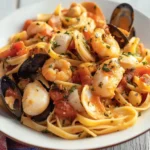
Seafood Pasta is a Delicious and Versatile Dish.
- Total Time: 35 minutes
- Yield: 4 servings
Description
A rustic Italian dish, this Classic Seafood Pasta brings together shrimp, mussels, and calamari in a rich tomato and garlic sauce served over linguine.
Ingredients
- 12 oz linguine
- 2 tablespoons olive oil
- 4 cloves garlic, minced
- ½ teaspoon crushed red pepper flakes
- 1 can (14 oz) crushed tomatoes
- ½ cup white wine
- ½ pound shrimp, peeled and deveined
- ½ pound mussels, cleaned
- ½ pound calamari rings
- Salt and pepper to taste
- Fresh basil and parsley for garnish
Instructions
-
Cook linguine according to package instructions.
-
In a large skillet, heat olive oil over medium heat. Add garlic and red pepper flakes, cook 1 minute.
-
Stir in crushed tomatoes and white wine. Simmer for 10 minutes.
-
Add shrimp, mussels, and calamari. Cover and cook until mussels open and shrimp turn pink.
-
Season with salt and pepper.
-
Toss sauce with linguine and garnish with fresh herbs.
Notes
- Discard any mussels that don’t open
- Use fresh or frozen seafood
- Top with parmesan if desired
- Prep Time: 15 minutes
- Cook Time: 20 minutes
- Category: Dinner
- Method: Stove Top
- Cuisine: Italian

